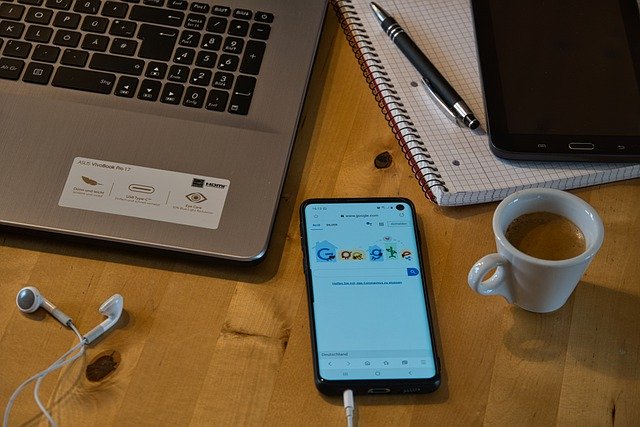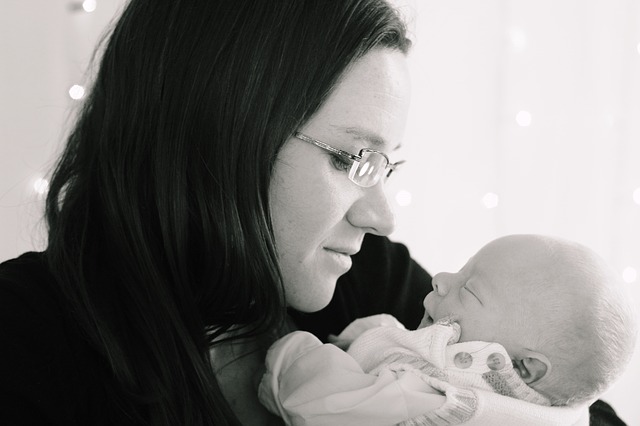According to a report by the Australian Human Rights Commission and Kids Helpline, one of the major fallouts from the pandemic is the pervasive negative impacts on children and young people. Their report makes the point that “the health, social, educational, economic, and recreational impacts” will extend well beyond the pandemic and impact their futures. Children and youth are themselves the future of their communities so it is incumbent on people in communities to extend compassionate action to this group who are in crisis through a global event over which they have no control.
The co-authored report identifies five key issues raised by children and young people:
- Deteriorating mental health
- Isolation from others
- Disrupted education
- Family stresses
- Unanticipated changes to plans, activities, and recreation
These issues are not discrete and, in fact, are compounding – each individually exacerbating other impacts.
Deteriorating mental health
A report by Headspace focused on the mental health impacts of COVID-19 on young people who accessed their services. Many young people indicated the negative impacts on their sleep, mood, and overall well-being. Young people have experienced anxiety over an uncertain future, contagious stress (from financial and health concerns of others) and disconnection from foundational supports such as family and friends. However, what is encouraging are the activities that young people undertake in terms of self-care, including accessing Headspace and its dedicated resources for youth mental health. Also, some young people saw the difficult times as a chance to re-calibrate, re-think priorities and focus on what is important in life. The problem now is that the negative impacts of the pandemic are so pervasive that organisations like Headspace are becoming overwhelmed by the demand for their services.
Isolation from others
Lockdowns and restricted movement, and the alternating on and off directives, have contributed to a sense of social isolation. Disconnection from others can lead to loneliness and depression and impact young people’s confidence and sense of self-worth. The more extroverted children and youth can experience long periods of boredom and begin to question their purpose and usefulness. Connection, on the other hand, engenders mental stimulus, energy, joy, and shared experiences – all conducive to positive mental health.
Disrupted education
With the initial limitations on face-to-face education with schools and university lockdowns, children and young people found that their education was disrupted. The impacts were experienced as a result of the variable capacity of parents to undertake home-schooling, the lack of preparation and training of teachers for online learning and delivery and the lack of technological and infrastructure support. The disruption was compounded by the inability of some children and young people to learn adequately in an online environment, influenced, in part, by the inadequacy of home computers and/or space.
Family stresses
In many instances, adults in a family were having difficulty coping with the pandemic for similar reasons to young people – isolation, mental health issues and disrupted activities. Many were forced to work at home, which suited lots of people but undermined the confidence of others. Families, too, were in crisis because of job losses, financial difficulties, challenges accessing food and essential services and overall concerns about the health and welfare of family members (including members of the extended family who were isolated locally or overseas). Adding to these stresses is the impact of grief through the loss of a friend, colleague, or family member.
Unanticipated changes to plans, activities, and recreation
For young people, recreation is an important outlet for their energy, the stresses experienced because of their age and physical development and frustration with life’s challenges (including conflict of values with their parents). Limitations on recreational activities compounded the stress felt by young people and impacted their relationships with their family. What is positive, is the number of families who took the opportunity to go for walks or bike rides together in their adjacent area.
Youth homelessness as a consequence of issues experienced by young people
One of the major impacts of the pandemic and associated stressors is the rise in youth homelessness. Mission Australia reported in July 2020 that one in six young people who completed their survey indicated that they had been homeless. The report highlights the long-term effects of homelessness on young people for whom the experience is “isolating, destabilising and often traumatic”, creating “insurmountable barriers as they move into adult life”. Homeless youth can experience a pervasive sense of sadness and hopelessness. Children and young people experience homelessness because of family conflicts, domestic violence and abuse, bullying, household financial crises and lack of affordable housing. Kids Under Cover (KUC) highlights the main causes of homelessness for children and young people and advances a very strong economic argument for preventing youth homelessness.
Addressing children and youth homelessness
Mission Australia has called on the Federal and State Governments to increase the stock of affordable, social housing as one approach to economic recovery and social accountability and to redress the growing crisis of children and youth homelessness. The report jointly authored by Headspace and the Australian Human Rights Commission suggests a range of educational, mental health, economic and informational strategies that Governments can employ to redress the situation. They particularly encourage Governments to give young people a voice in pandemic recovery planning. One recommendation of the report that is particularly critical is “prioritising services for vulnerable children and young people”.
Organisations already exist to provide the requisite services for young people and families who are struggling. BABI, for instance, located in Wynnum (Brisbane, Queensland) has provided a comprehensive range of youth and family services since 1983 to residents of the Bayside areas of Brisbane (Wynnum, Manly & Redlands). This includes supported accommodation for youth who are homeless or at risk of becoming homeless, specialised family support for parents who are young or have teenagers, personal development (including tenancy training and Get Set for Work training) and youth connection and engagement through their LINX Youth Space and their Youth Voice Committee (YVC).
Organisation such as BABI, Headspace and KUC are finding that the growing demand for their services are fast outstripping their existing resources. Those who provide supported accommodation, for example, are working in an environment where so many influences are making it extremely difficult to provide the requisite housing solutions. The influences that are compounding include:
- Lack of affordable housing
- Rising house prices and rentals costs
- Limited vacancies overall
This accommodation crisis is accompanied by the removal of economic supports instituted during the pandemic such as the Eviction Moratorium, JobKeeper payments and the Coronavirus Supplement. The removal of the JobKeeper Payment alone is expected to result in the loss of at least 100,000 jobs.
While Governments could show compassion and do many things to address homelessness amongst children and youth, there is an obvious reluctance to address the associated issues. It is clear that it is time for people in the community to take compassionate action in the form of advocating with Governments and politicians, supporting organisations such as BABI through their businesses and their personal donations and volunteering whatever assistance they can provide to enable these dedicated organisations to meet what is currently an overwhelming demand.
Reflection
Empathy developed through mindfulness can help us to feel for the plight of others, especially those experiencing homelessness. As we grow in mindfulness through loving kindness meditation, we can gain insight into how we could personally contribute and become motivated to take compassionate action for the homeless children and young people in our community – the young people who are the future of our communities.
__________________________________
Image by Wokandapix from Pixabay
By Ron Passfield – Copyright (Creative Commons license, Attribution–Non Commercial–No Derivatives)
Disclosure: If you purchase a product through this site, I may earn a commission which will help to pay for the site, the associated Meetup group and the resources to support the blog.








